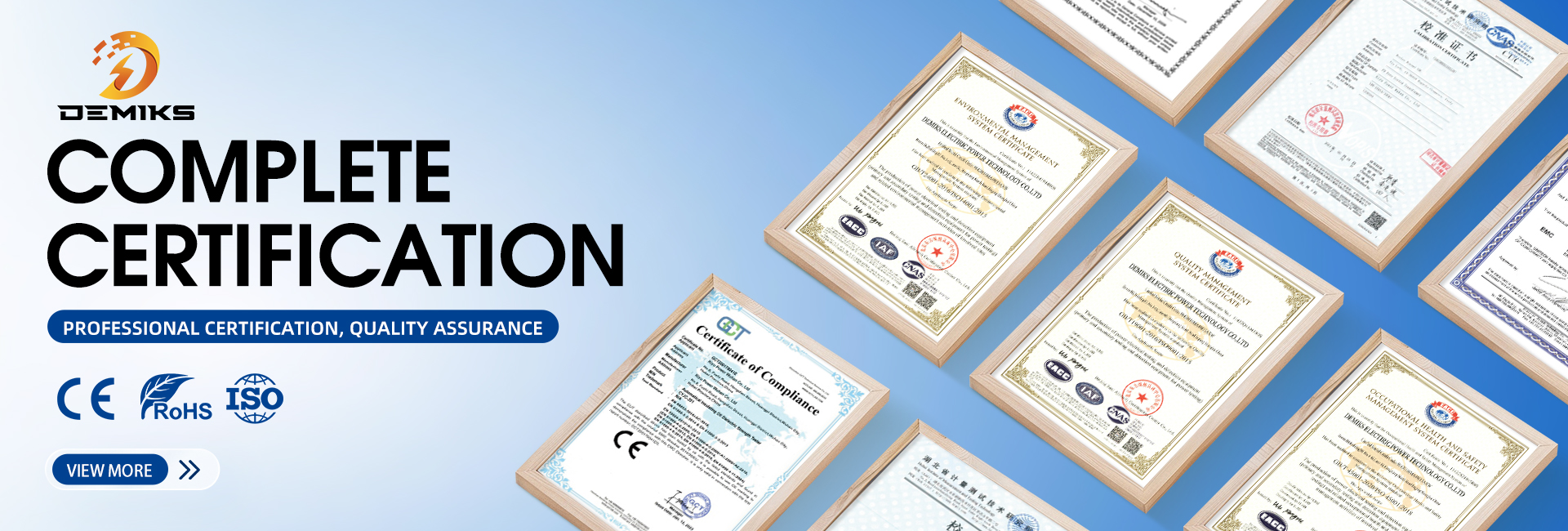accuracy test of current transformer
Current Transformer (CT) Accuracy Testing: Complete Procedure
1. Purpose of CT Accuracy Tests
Verify ratio error and phase displacement meet specifications
Ensure compliance with protection & metering class requirements
Detect winding defects, saturation issues, or core damage
2. Key Standards
| Standard | Scope |
|---|---|
| IEC 61869-1/2 | General requirements & accuracy classes |
| IEEE C57.13 | CT performance in North America |
| ANSI C12.11 | Metering CTs for revenue applications |
| IEC 60044-1 | Legacy standard (still referenced) |
3. Test Equipment Required
CT Analyzer (e.g., Omicron CTA, Megger TTR)
Primary injection set (for high-current tests)
Burden resistor (to simulate real load)
Phase angle meter (for phase displacement)
4. Critical Tests & Procedures
A) Turns Ratio Test
Purpose: Verify actual vs. nameplate ratio
Method:
Apply low AC voltage (typically 50-100V) to secondary
Measure induced primary voltage
Calculate ratio:
Ratio=VsecondaryVprimary
Acceptance Criteria:
±0.5% for metering CTs (Class 0.2, 0.5)
±3% for protection CTs (Class 5P, 10P)
B) Polarity Test
Purpose: Ensure correct dot-marked polarity
Method:
Connect DC source (+) to P1, (-) to P2
Momentarily connect to secondary
Observe galvanometer deflection:
Positive kick = Correct polarity
Negative kick = Reversed polarity
C) Burden Test
Purpose: Verify CT can maintain accuracy under load
Test Setup:
Connect rated burden resistor to secondary
Inject 100% rated current
Measure:Secondary voltage drop
Phase angle shift
Acceptance: Must stay within accuracy class limits
D) Excitation (Saturation) Test
Purpose: Find knee-point voltage (critical for protection CTs)
Procedure:
Leave primary open-circuited
Apply increasing voltage to secondary
Plot current vs. voltage curve
Key Points:
Knee-point (Vk): Voltage where 10% increase causes 50% current rise
IEEE C57.13 Requirement:
Vk≥2×Isc×(RCT+Rburden)
E) Insulation Resistance Test
Test Voltage:
1kV DC for <1kV CTs
5kV DC for >1kV CTs
Minimum Values:>1,000 MΩ (new CTs)
>100 MΩ (in-service)
F) Primary Injection Test
Purpose: Full-system verification
Method:
Inject high current (up to CT rating) through primary
Measure secondary output
Critical For:Checking CT performance under fault conditions
Validating entire circuit (wiring, relays)
5. Accuracy Classes & Tolerances
| Class | Ratio Error | Phase Error | Typical Use |
|---|---|---|---|
| 0.2 | ±0.2% | ±10' | Precision metering |
| 0.5 | ±0.5% | ±30' | Revenue metering |
| 5P | ±1% | ±60' | Overcurrent protection |
| 10P | ±3% | – | Instantaneous relays |
6. Common CT Problems Detected
| Test | Potential Fault |
|---|---|
| High ratio error | Shorted turns |
| Low excitation current | Open winding |
| Abnormal saturation | Core damage |
| High insulation loss | Moisture ingress |
7. Safety Precautions
✔ Always short-circuit CT secondary before disconnecting
✔ Use proper PPE for primary injection tests
✔ Never open-circuit a live CT secondary (risk of lethal voltages)
8. Test Report Template
markdown复制CT ID: ___________
Date: ___________
Turns Ratio: ______ (Nameplate: ______)
Polarity: Correct/Incorrect
Knee-Point Voltage: ______ V
Insulation Resistance: ______ MΩ @ ______ V
Burden Test: ______ VA (Limit: ______ VA)
Conclusion: Pass/Fail
Pro Tip: For protection CTs (Class PX, 5P), always perform excitation tests – ratio tests alone are insufficient to guarantee performance during faults.
The above content is published by demiks, please specify, demiks is a substation equipment manufacturer, specializing in the production of high-voltage tester, transformer tester, circuit breaker test equipment, relay tester, SF6 gas analyser, cable fault tester and other products, if you have power test testing needs, please feel free to contact demiks power science and technology limited company or send an email! Give us: contact@demikspower.com
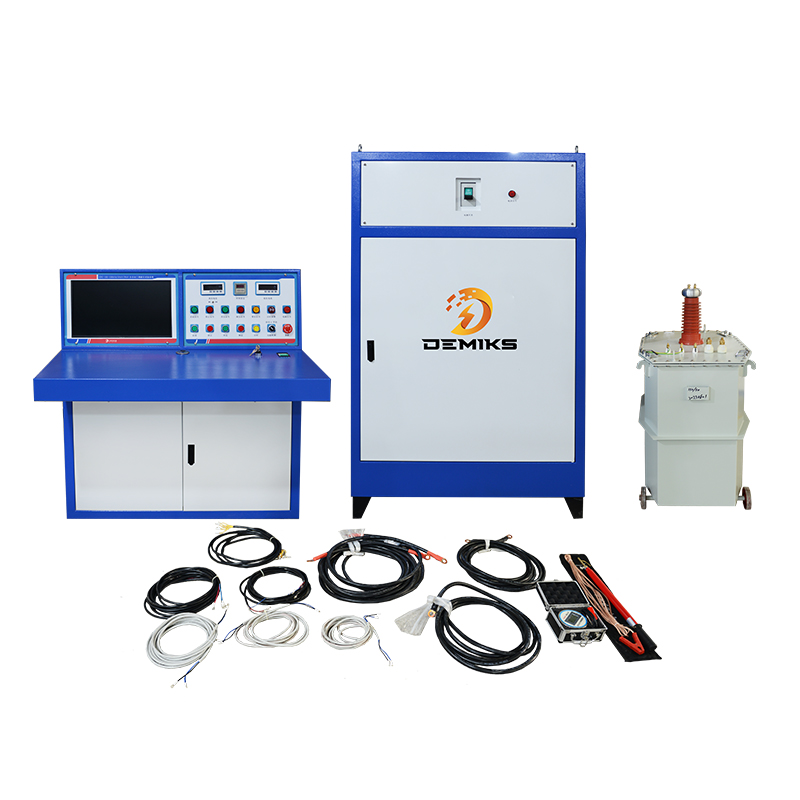 Relay Protection Testing and Commissioning Gu
Relay Protection Testing and Commissioning Gu
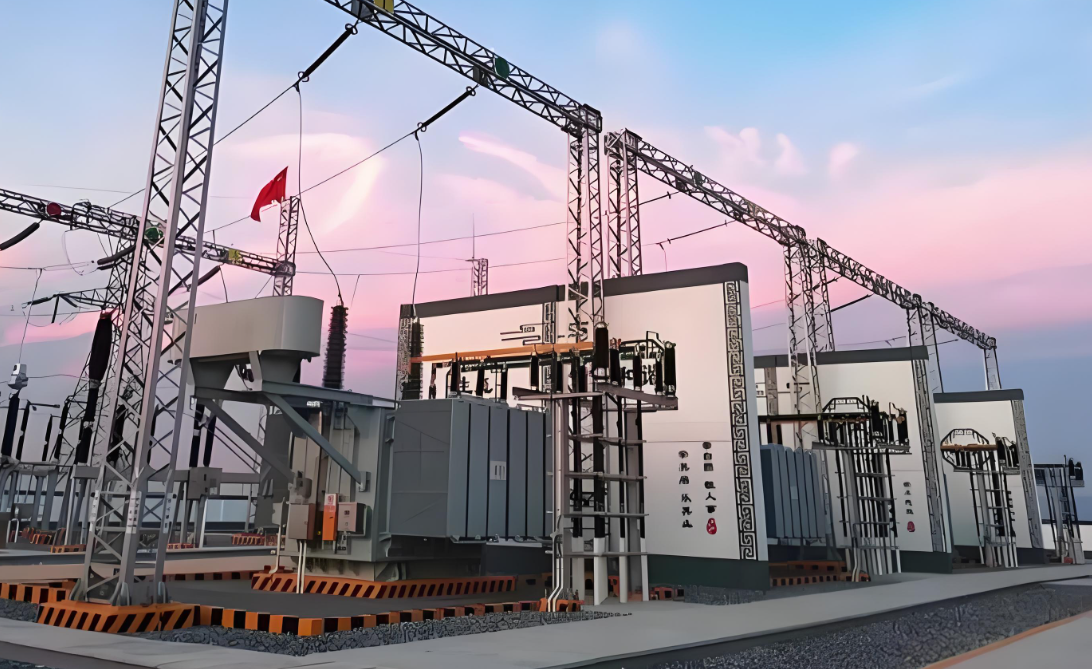 how to test microwave transformer
how to test microwave transformer
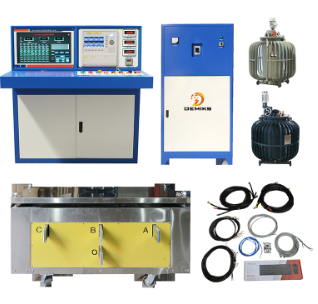 how to reset circuit breaker with test button
how to reset circuit breaker with test button
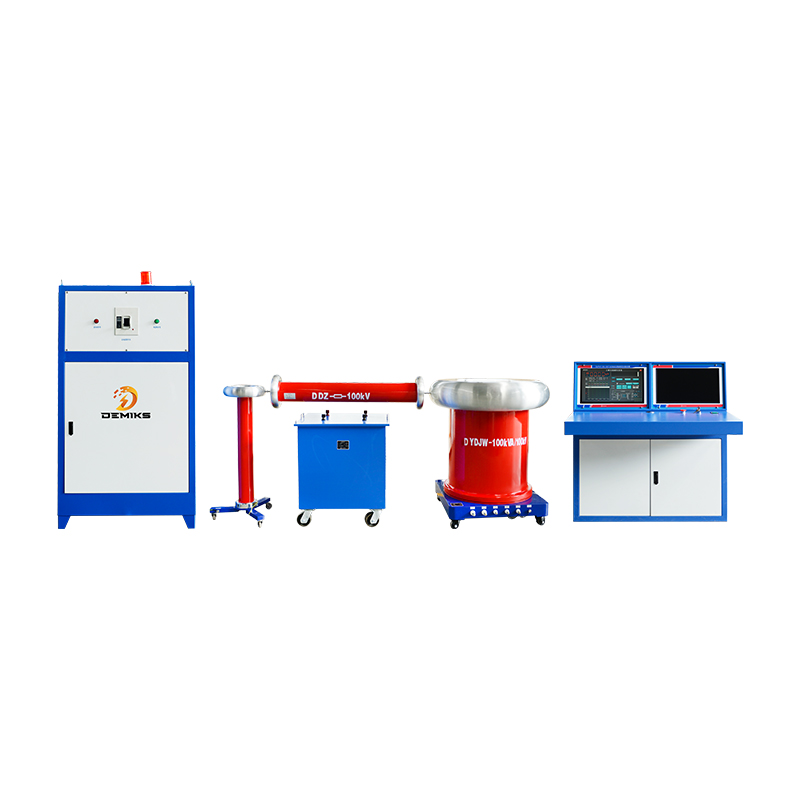 high voltage cable testing standards
high voltage cable testing standards



